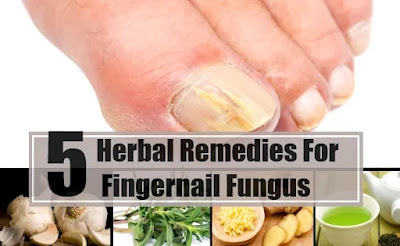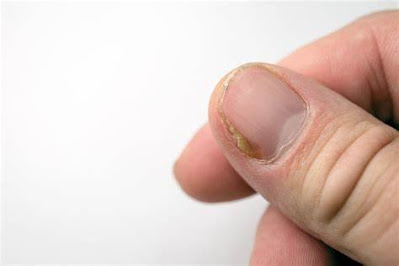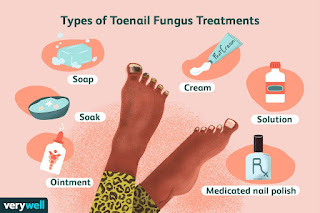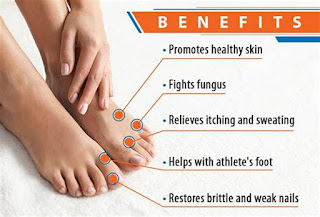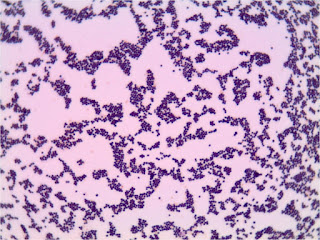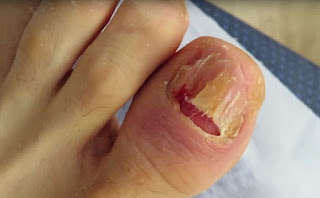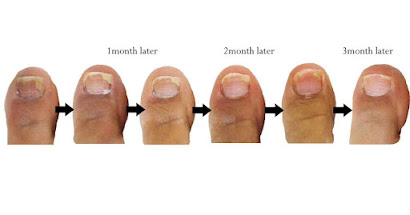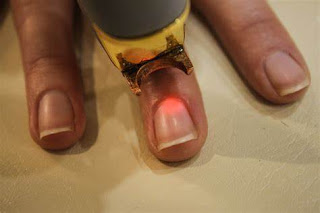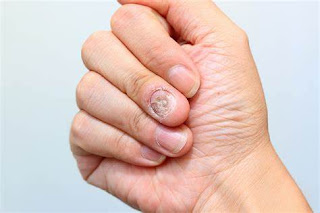If you've been struggling with nail toe fungus, you're not alone. This common condition can be both unsightly and uncomfortable, causing thickened, discolored nails that are often brittle and crumbly. Fortunately, there's a cutting-edge solution that's gaining popularity in the medical community: laser
treatment for nail toe fungus.
How Does Laser Treatment Work?
Laser treatment for nail toe fungus is a non-invasive procedure that uses targeted beams of light to eliminate the fungus that has taken hold of your nails. The laser energy is absorbed by the pigment in the fungus, heating it up and destroying the fungal cells without damaging the surrounding healthy tissue.
The procedure is typically painless, with most patients describing a warm sensation during the treatment. It's also quick, with each session lasting about 30 minutes, depending on the severity of the infection and the number of nails being treated.
Why Choose Laser Treatment?
When it comes to treating nail toe fungus, there are several options available, including topical creams, oral medications, and even surgical removal of the affected nails. However, laser treatment offers some unique advantages that make it an appealing choice for many patients.
Firstly, laser treatment is highly effective, with success rates ranging from 70% to 90% in clinical studies. This means that the majority of patients experience significant improvement in their nail fungus symptoms after just a few laser sessions.
Secondly, laser treatment is safe and free of the potential side effects associated with oral medications, such as liver damage or drug interactions. Since the laser energy is targeted directly at the fungus, there's no risk of systemic exposure to medication or its associated complications.
Thirdly, laser treatment is non-invasive and requires no downtime, so you can resume your normal activities immediately after the procedure. This makes it a convenient option for those with busy lifestyles or work commitments.
What to Expect During Laser Treatment
If you're considering laser treatment for nail toe fungus, it's important to know what to expect during the procedure. First, you'll likely have a consultation with a qualified healthcare professional who will assess the severity of your infection and determine if you're a good candidate for laser treatment.
During the actual treatment, you'll be seated comfortably while the laser is applied to your affected nails. You may feel a warming sensation, but the procedure is generally painless. The number of sessions needed will depend on the severity of your infection, but most patients require 3-4 sessions spaced several weeks apart for optimal results.
After each session, you'll be able to resume your normal activities, including wearing socks and shoes. However, it's important to follow any post-treatment instructions provided by your healthcare professional, such as avoiding nail polish or applying antifungal creams, to ensure the best possible outcome.
Is Laser Treatment Right for You?
If you're considering laser treatment for nail toe fungus, it's important to consult with a qualified healthcare professional to determine if it's the right option for you. While laser treatment is generally safe and effective, it may not be suitable for everyone.
You may be a good candidate for laser treatment if you have mild to moderate nail toe fungus that has not responded to other treatments, or if you prefer a non-invasive, safe, and convenient option. Laser treatment may not be recommended if you are pregnant, breastfeeding, have certain medical conditions that may interfere with the procedure, or if you have a history of sensitivity or adverse reactions to laser treatments.
It's also important to note that laser treatment for nail toe fungus may not be covered by insurance, as it is considered a cosmetic procedure in some cases. However, the cost of laser treatment can vary depending on the location, severity of the infection, and the number of sessions required, so it's best to consult with a healthcare professional to get an accurate estimate.
Conclusion
Laser treatment for nail toe fungus is a cutting-edge and effective solution for those struggling with this common condition. With its high success rates, minimal side effects, and convenience, it's becoming an increasingly popular choice for patients seeking a non-invasive and safe treatment option.
If you're considering laser treatment for nail toe fungus, it's important to consult with a qualified healthcare professional to determine if it's the right option for you. They can assess the severity of your infection, discuss the potential risks and benefits, and create a treatment plan tailored to your needs.
Don't let nail toe fungus hold you back from enjoying healthy and beautiful nails. Explore the possibility of laser treatment and take the first step towards getting rid of this stubborn condition. Say goodbye to discolored and brittle nails, and hello to confident and healthy feet!
